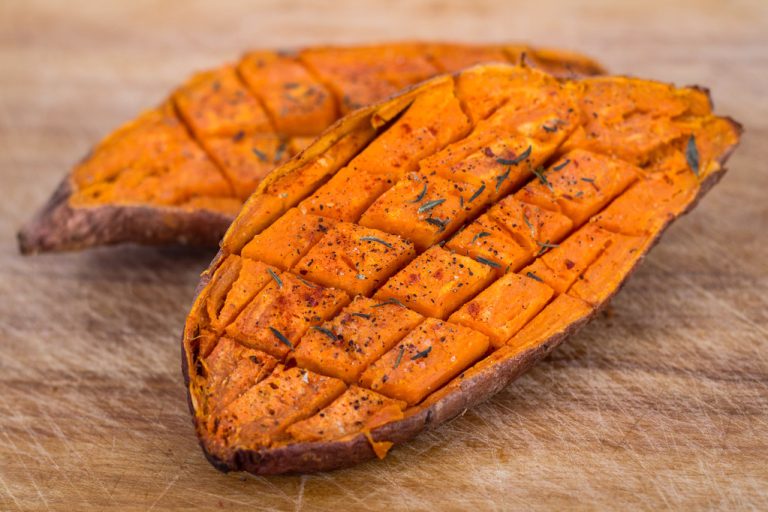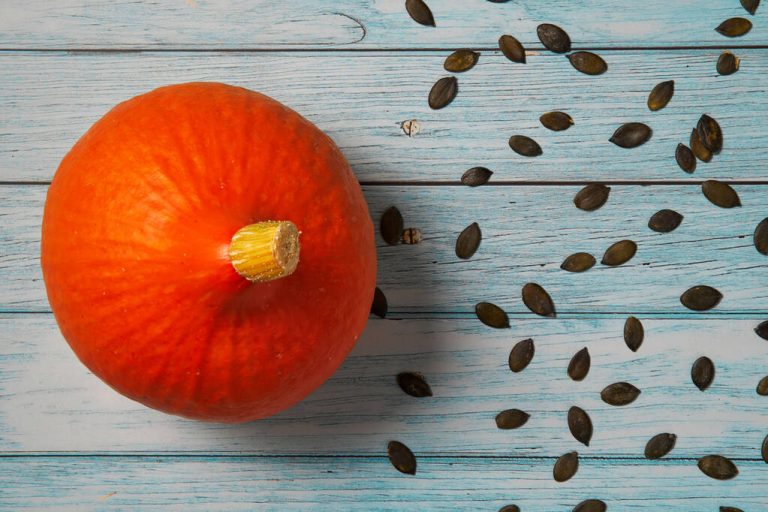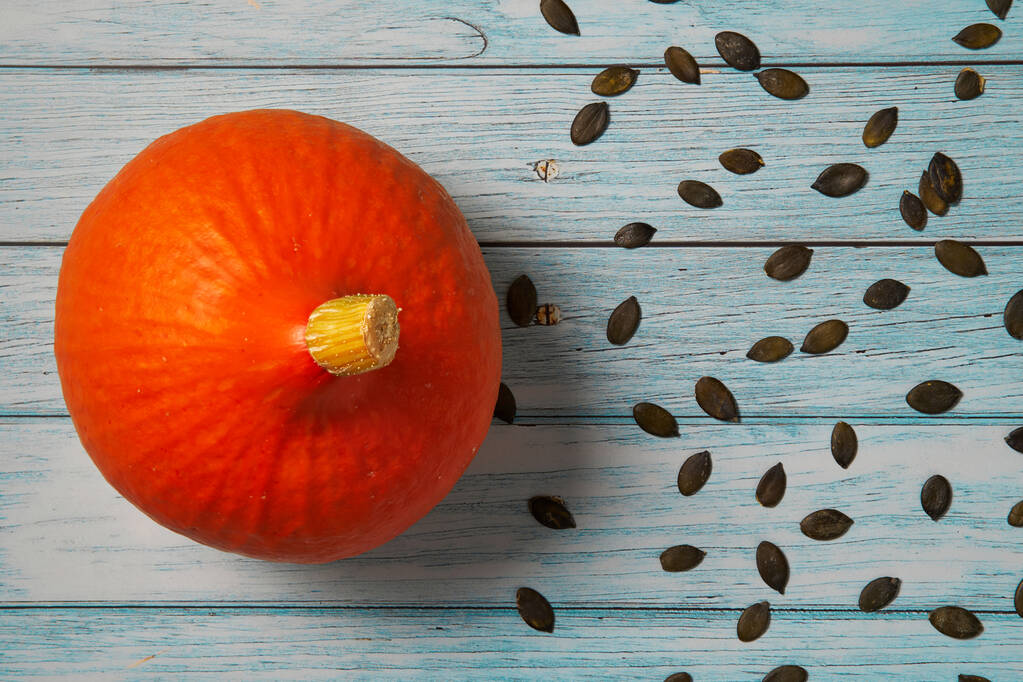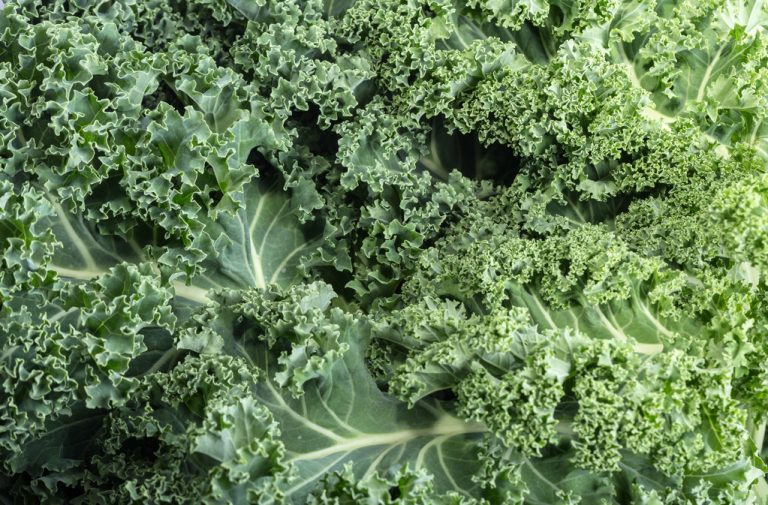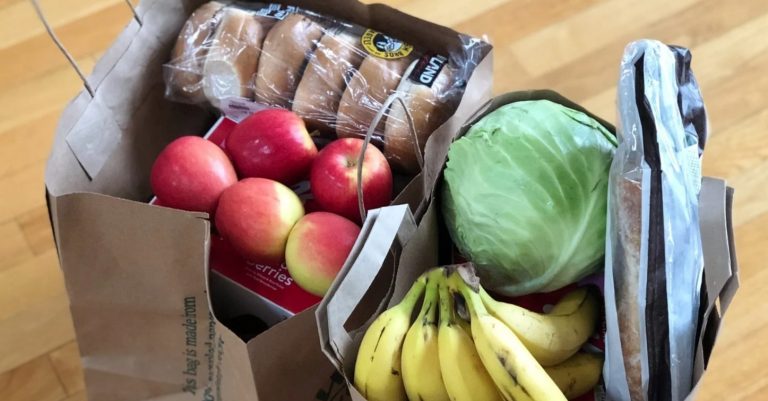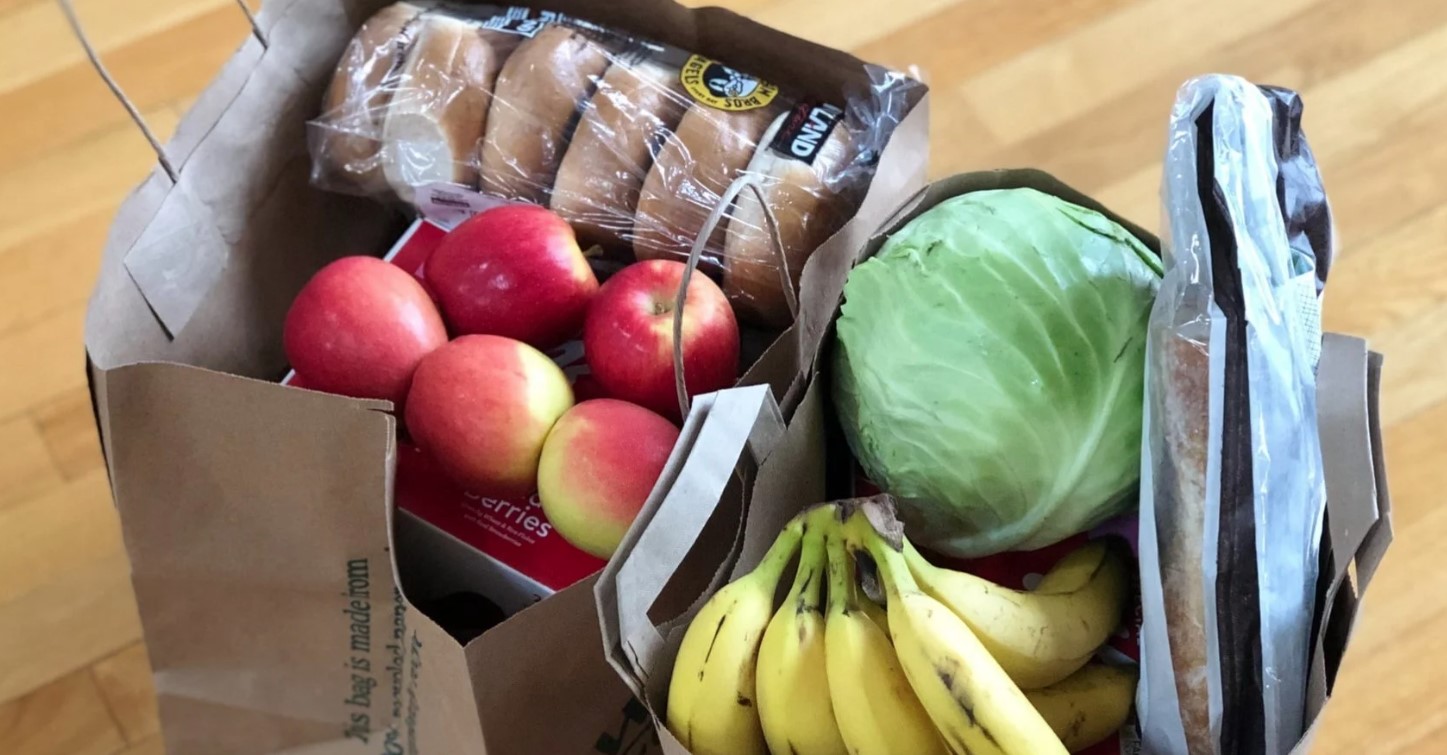Peeling sweet potatoes is not necessary in most cases. In this guide, we explain why unpeeled sweet potatoes are even healthier.
Even if the name suggests otherwise, sweet potatoes are not related to ordinary potatoes: They taste different, look different, belong to a different plant family and can almost always be eaten with their skins – unlike regular potatoes, which contain toxins such as glycoalkaloids can stick in the shell.
By not peeling your sweet potatoes, you not only save time and avoid food waste. You are also doing something good for your health. We’ll tell you why unpeeled sweet potatoes are healthier.
Sweet potatoes: Even healthier without peeling
The sweet potato is full of valuable nutritional values: the roots are rich in fiber, minerals such as potassium and magnesium, vitamin A and vitamin C and are also a good source of vegetable protein
You should therefore avoid peeling sweet potatoes for the following reasons:
In and directly under the skin there are many important nutrients of the healthy root. For example, the peel is particularly rich in fiber and vitamins
In addition, the skin of the sweet potato also contains phenolic acid, a secondary plant substance. Phenolic acid has an antioxidant effect and thus protects against free radicals.
According to a 2016 study, the peel even contains substances that can prevent cancer.
Especially when you cook sweet potatoes, the skin also protects the nutrients inside the root.
Especially with sweet potato fries or wedges from the oven, the skin forms a crust that not only looks pretty, but also tastes delicious.
You can also leave the skin on when grilling sweet potatoes.
Not peeling saves you another step and therefore time.
In addition, it is also more sustainable not to peel sweet potatoes: by using the whole root, you avoid unnecessary waste.
Don’t peel sweet potatoes: You should pay attention to this
If you want to eat sweet potatoes with skin, you should only pay attention to the following points:
Whenever possible, buy organic sweet potatoes. This is not only good for the environment, but also guarantees you healthy vegetables without pesticide residues. Pesticides can otherwise possibly be deposited on the shell.
Wash the roots thoroughly before processing them: it is best to clean them under water with a vegetable brush. For a particularly thorough cleaning, you can also use baking soda
Cut off about ½ an inch from both ends of the sweet potatoes. The ends often taste bitter.
If the sweet potato has already formed sprouts, you should cut them off before eating.
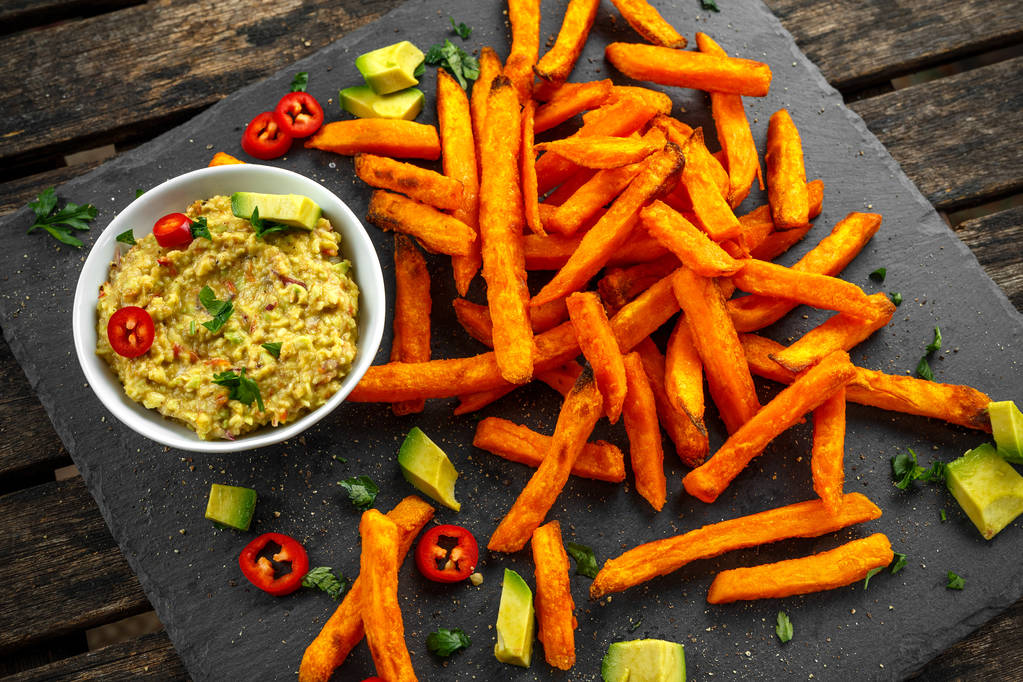
Peel sweet potatoes: This is the best way
Depending on your taste, it can sometimes still make sense to peel the sweet potatoes – for example if you want to mash them without any pieces. In this case you have two options:
Either you peel the root vegetables in the classic way with a vegetable peeler, as you would with other vegetables. Of course you can also use a sharp knife – but then you should be particularly careful to only cut away the peel and not even more from the healthy root.
Or you can boil the sweet potatoes whole first, including the skin, and then remove them. Once cooked, sweet potatoes are particularly easy to peel. Most of the time you can just pull the shell off. Another advantage of the method: the shell protects the nutrients during cooking.
Either way, don’t throw away the bowl. You can use them in vegetable broth or soups. Alternatively, you can feed them to animals like horses or rabbits, or at least compost them.

